What are the world's longest flights?
- Published
- comments
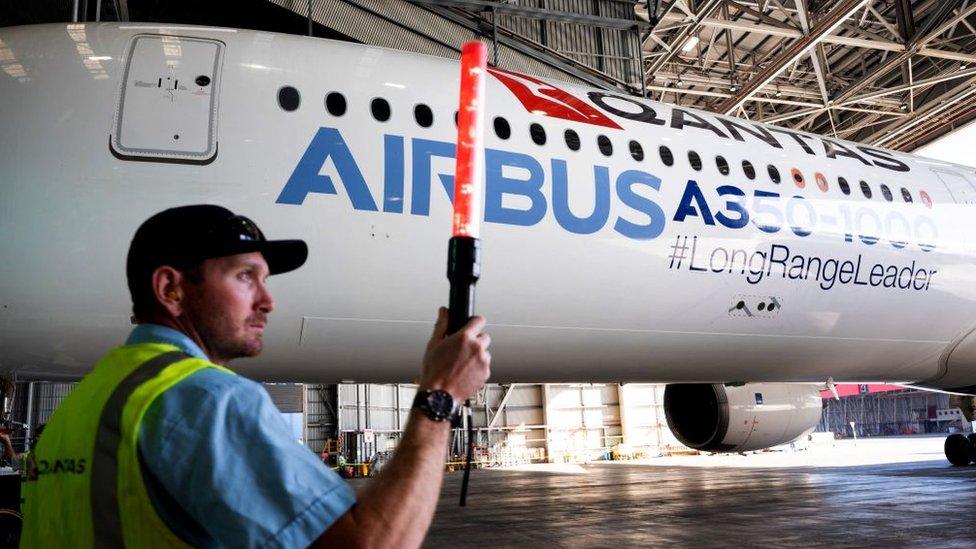
The non-stop flights will take about 20 hours
Australian airline Qantas has just announced plans for new non-stop flights from Sydney to London.
The flight from the Australian city to the UK's capital, which will begin operating from 2025, is set to take about 20 hours, making it the longest in the world.
Qantas says it has bought a brand new fleet of Airbus A350-1000 jets capable of direct flights to any city on the planet.
The company is also introducing a new non stop flight from Sydney to New York.
The airline has been working on the project for about five years, but had to delay plans because of the coronavirus pandemic.
Qantas certainly isn't new to ultra long flights. It started offering direct 17-hour direct flights between London and Perth in Western Australia in 2018 and in 2019, it carried out a series of test flights from the east coast to the UK and New York.
The airline's new flight from Sydney to London isn't the only long one to have been introduced by a company.
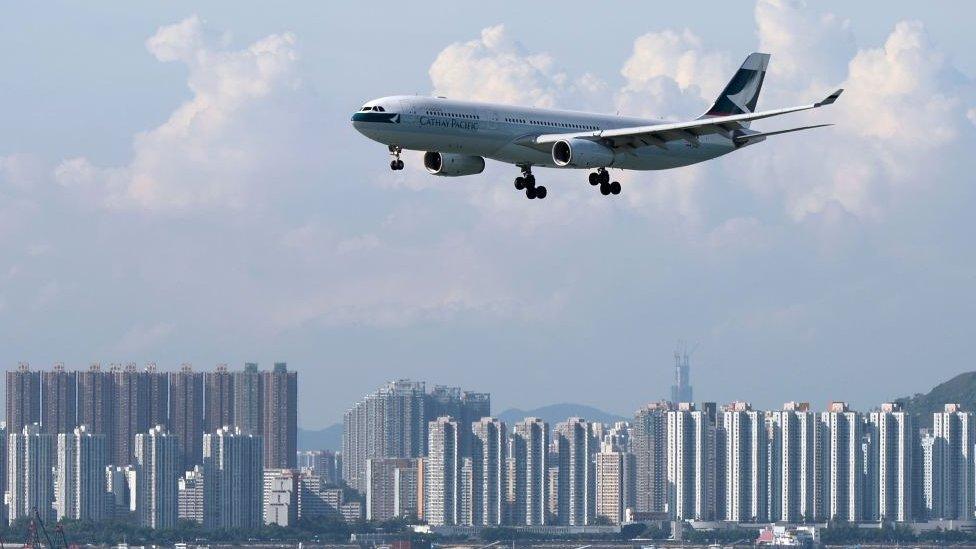
Hong Kong airline Cathay Pacific announced a new route for a flight from Singapore to New York earlier this year.
The airline says the flight. which will will leave New York on the east coast of America, and cross over the Atlantic Ocean, Europe and Asia, will cover "just under 9,000 nautical miles" which is 10,357 miles or 16,668 km and take 16-17 hours in total.
The new route avoids flying over Russia and - although Cathay Pacific hasn't said this is the reason - many airlines have cancelled routes to Russian cities or are avoiding its airspace since Russia invaded Ukraine.
Cathay Pacific is trying to arrange a permit for the journey: The trans-Atlantic option is more favourable than their usual trans-Pacific route because of "strong seasonal tailwinds at this time of the year", it told the AFP news agency.
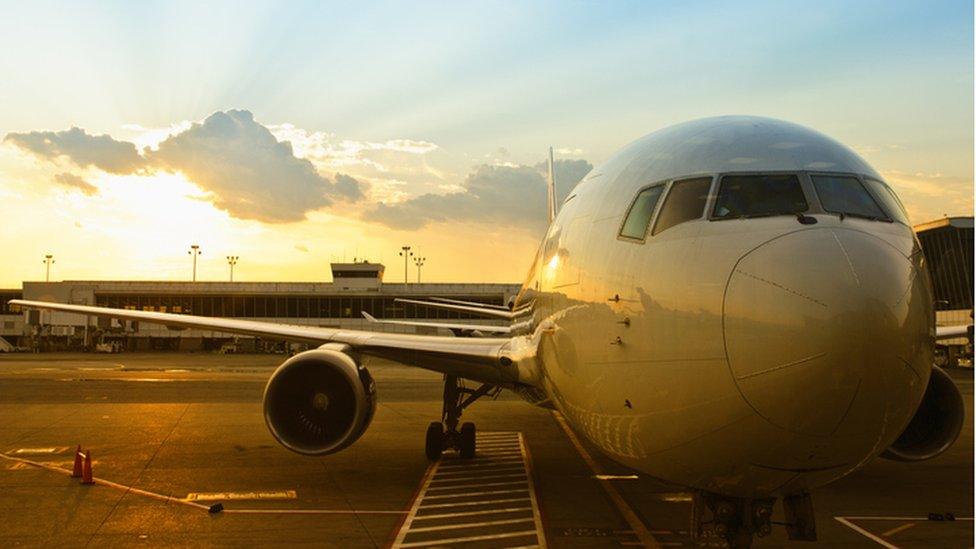
Singapore Airlines also operates a flight which also goes from Singapore to New York.
It flies a shorter distance but takes a longer time - about 9,534 miles or 15,343km but this time taking 18 hours.
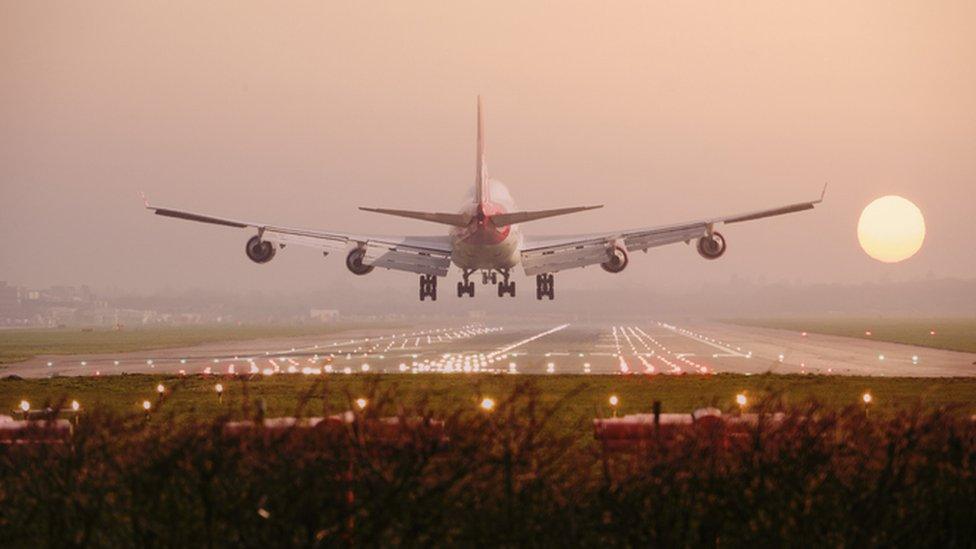
At the moment the longest non-stop flight to the UK is between London Heathrow airport and the city of Darwin in Australia and is also operated by the airline Qantas. It travels 8,620 miles or 13,872 km and takes just under 17 hours.
In order to travel massive distances around the world, airlines often have a built-in stop which allows passengers to stretch their legs and the plane to refuel.
A flight from Beijing in China to São Paulo in Brazil - stopping in Madrid in Spain travels a whopping 10,922 miles or 17,578 km, and takes 21 hours and 50 minutes - almost a whole day!
And if you want to go from Singapore to Houston, USA, you can stop in Manchester which is a flight of 9,930 miles or 15,981 km which takes over a full day: 24 hours and 45 minutes!
Are these flights bad for the planet?
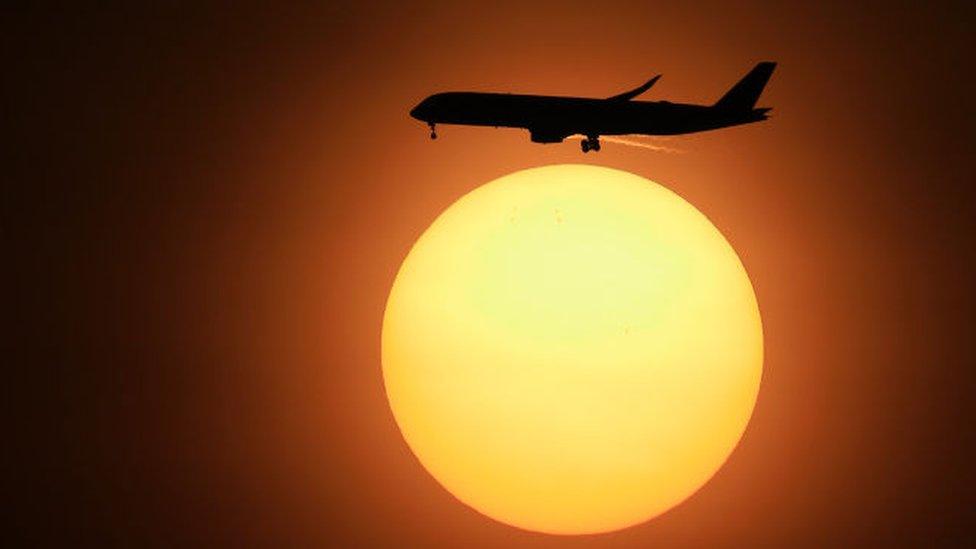
Everything we do, from the food we eat, products we buy to the way we travel, releases greenhouse gases into the atmosphere, and so has an impact on the planet's climate. But some activities have a greater impact than others.
According to the group International Council on Clean Transportation, around 2.4% of global carbon dioxide emissions come from aviation. Together with other gases and the water vapour trails produced by aircraft, it says the industry is responsible for around 5% of global warming.
For example, it says that a return flight from London to San Francisco, USA emits around 5.5 tonnes of CO2 per person - which is more than twice the emissions produced by a family car in a year, and about half of the average carbon footprint of someone living in Britain.
Even a return flight from London to Berlin, Germany emits around 0.6 tonnes, three times the amount of emissions saved from a year of recycling.
While it's hoped that making fuel more efficient and greener, experts say that the growing number of flights and passengers flying mean that cutting that impact in a big way will be a real challenge.
- Published19 July 2019

- Published30 June 2021
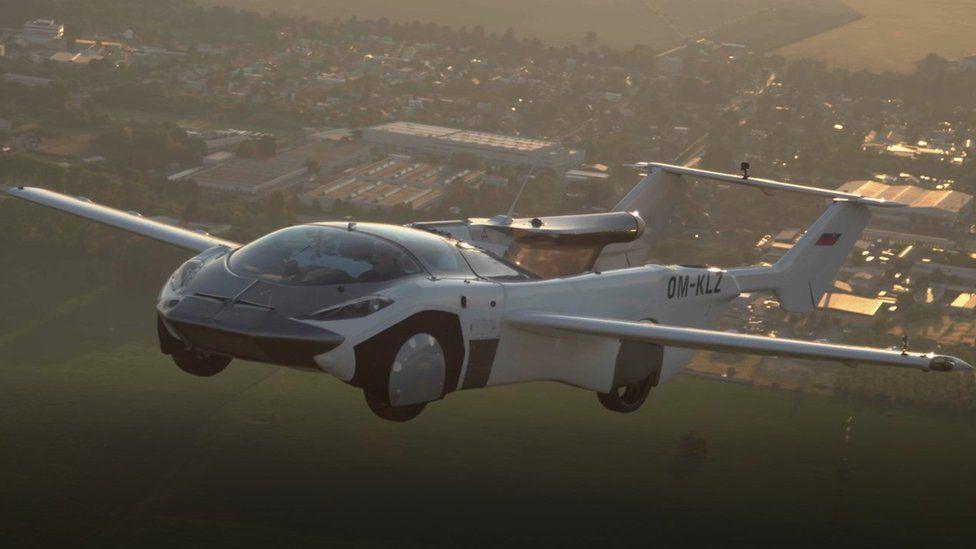
- Published10 December 2020

